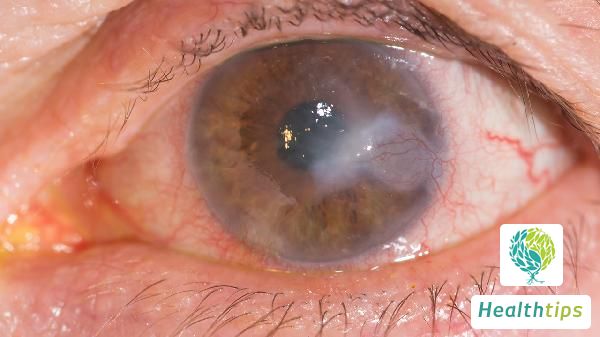"What mm measurement of hydronephrosis in children is considered severe?"
Pediatric Hydronephrosis Severity Classification
The severity of pediatric hydronephrosis is primarily classified into three main grading systems, each suitable for different clinical evaluations. Details are as follows:

APD Quantitative Grading (APD, Anteroposterior Diameter of Renal Pelvis)
Grade 1: No dilation of renal calyces, APD < 1cm;
Grade 2: No dilation of renal calyces, APD between 1cm and 1.5cm;
Grade 3: Mild dilation of renal calyces, APD > 1.5cm;
Grade 4: Moderate dilation of renal calyces, APD > 1.5cm;
Grade 5: Severe dilation of renal calyces, APD > 1.5cm.
SFU Semi-Quantitative Grading
Grade 0: No hydronephrosis detected;
Grade I: Mild separation of renal pelvis;
Grade II: Mild dilation of renal pelvis with visible dilation in a few renal calyces;
Grade III: Visible dilation in all renal calyces;
Grade IV: Visible dilation in all renal calyces with thinning of renal parenchyma.
UTD Grading
Low Risk: APD between 1cm and 1.5cm, with visible dilation of central renal calyces;
Medium Risk: APD > 1.5cm, in addition to findings in Low Risk, also includes dilation of peripheral renal calyces and ureter;
High Risk: APD > 1.5cm, in addition to findings in Medium Risk, also includes bladder abnormalities.



















